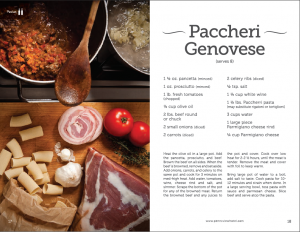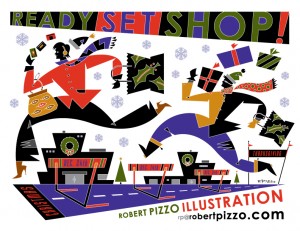Sometimes it’s easier to be professional and boring than it is to get personal when it comes to communicating with your customers. That’s why designer Nicola Black jumped at the chance to design a cookbook for the clientele of Penn’s View Hotel in Philadelphia. She knew the collection of family recipes would touch the hearts of guests of the hotel like no other type of marketing.
Black, whose work on the cookbook was featured in Visual Marketing, says that when it comes to creative marketing, “What is noticed in a hodgepodge of the same old marketing techniques are those messages that are different and usually speak to us personally. They bring a level of being human into the mix — something that speaks to the consumer in a way that says you’re the same as them.”
The Role of Images
What made the cookbook really sing, says Black, were the photos. Nothing sells a cookbook better than lush, vibrant photos of the results of the recipes found inside. Black always looks for some design element that people can relate to, and in this project, the images were what warmed people up to the marketing piece.
How You Can Stand Out
Black encourages small businesses to avoid those “old, tired, trade tactics in our marketing that every other business who’s competing with us uses,” and instead focus on making the customer feel like a friend. Avoid becoming a machine that simply spouts off reasons someone should buy your product or service, and instead focus on providing value to your customers.
“Treat them like that and you’ll find that locating those personal aspects to use in your marketing are easier found than you think,” says Black.



